Italian sausage is not inherently spicy. It comes in two main varieties: sweet (mild) and hot. The sweet variety contains no spicy ingredients, while the hot variety includes red pepper flakes or other spices for a noticeable kick. According to the Italian Food Association, traditional Italian sausage recipes typically do not include spicy elements. However, American-Italian versions often offer a 'hot' variety with added heat.
Types of Italian Sausage
Italian sausage has two primary varieties with distinct spice profiles:
- Sweet Italian Sausage: Also known as mild Italian sausage, this variety contains no spicy ingredients. It's seasoned with garlic, fennel, and black pepper. Traditional Italian recipes use this style, which has no measurable heat (0 SHU on the Scoville scale).
- Hot Italian Sausage: This variety includes red pepper flakes, cayenne pepper, or hot paprika, giving it a noticeable kick. Hot Italian sausage typically ranges from 500-2,000 SHU (Scoville Heat Units), comparable to mild jalapeños. It's primarily an American-Italian adaptation.
| Type | Spice Level | Key Ingredients | Best Uses |
|---|---|---|---|
| Sweet Italian Sausage | Mild (0-500 SHU) | Garlic, fennel, black pepper | Pasta dishes, meatballs, stews |
| Hot Italian Sausage | Medium (500-2,000 SHU) | Red pepper flakes, cayenne, paprika | Pizza, chili, grilled meats |
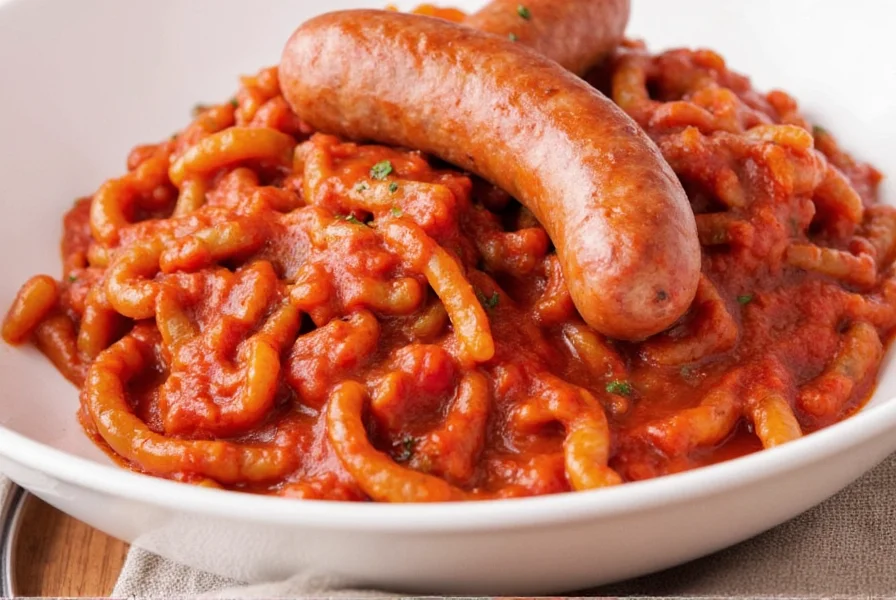
How to Identify Spice Levels
- Check packaging labels: Look for "sweet", "mild", or "hot" designations. Reputable brands like Boar's Head or Applegate clearly label spice levels.
- Examine ingredients list: If red pepper flakes, cayenne, or paprika appear in the ingredients, it's the hot variety.
- Ask butchers directly: When purchasing fresh sausage, ask "Is this sweet or hot?" to confirm the spice level.
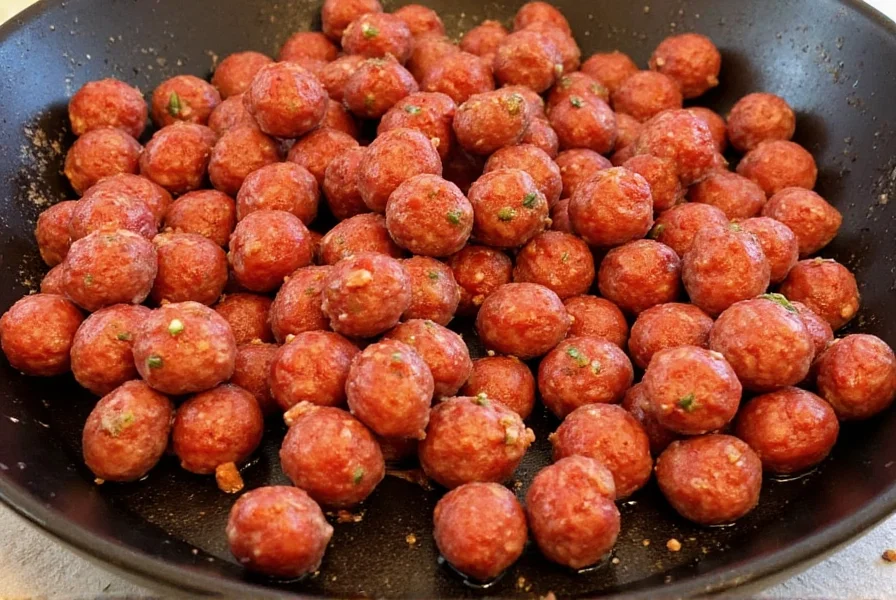
Frequently Asked Questions
Is all Italian sausage spicy?
No. Traditional Italian sausage is not spicy. The sweet (mild) variety contains no spicy ingredients and is the original Italian style. The hot variety includes red pepper flakes or other spices for heat. According to the Italian Food Association, spicy Italian sausage is primarily an American-Italian adaptation.
What makes Italian sausage spicy?
Italian sausage becomes spicy when it includes ingredients like red pepper flakes, cayenne pepper, or hot paprika. The amount of these ingredients determines the heat level. Hot Italian sausage typically has a Scoville rating of 500-2,000 SHU, comparable to mild jalapeños. Traditional Italian recipes do not include these spicy elements.
How can I tell if Italian sausage is spicy before buying?
Check packaging labels for "sweet", "mild", or "hot" designations. If purchasing fresh sausage from a butcher, ask specifically "Is this sweet or hot?" Reputable brands like Boar's Head clearly label spice levels on packaging. Some stores use color-coding (green for sweet, red for hot).
What's the difference between sweet and hot Italian sausage?
Sweet Italian sausage contains fennel and other aromatic herbs but no spicy ingredients, while hot Italian sausage includes red pepper flakes or other spicy elements. Despite the name "sweet," it's not sugary—it refers to the mild, herb-forward flavor profile. The hot variety provides a noticeable kick while maintaining the characteristic fennel and garlic notes.
Can I make mild Italian sausage spicy at home?
Absolutely! If you have mild Italian sausage but want more heat, you can add crushed red pepper flakes, cayenne pepper, or diced jalapeños when cooking. Start with 1/4 teaspoon of red pepper flakes per pound of sausage and adjust to your preference. You can also cook the sausage with spicy ingredients like hot cherry peppers.
Which Italian sausage is best for pizza?
Hot Italian sausage is traditionally used on pizza for its spicy kick that complements tomato sauce and cheese. However, sweet Italian sausage is also popular, especially for those who prefer milder flavors. Some pizzerias even offer both options or blend the two varieties for balanced flavor with just a hint of heat.
Is hot Italian sausage very spicy compared to other spicy foods?
Hot Italian sausage is generally considered moderately spicy—it has noticeable heat but is not extremely hot like some Mexican or Asian sausages. The heat level is comparable to mild jalapeños (500-2,000 SHU). The fennel and garlic in the sausage help balance the heat, making it approachable for most people who enjoy a little spice.
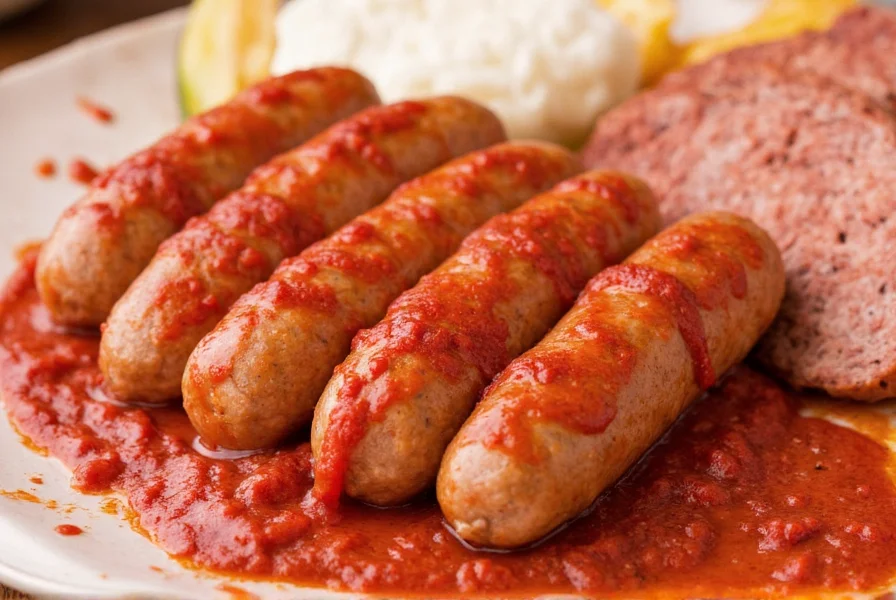
Practical Tips for Choosing
- For beginners: Start with sweet Italian sausage to experience the authentic Italian flavor without heat.
- For spice lovers: Choose hot Italian sausage for dishes where you want noticeable heat, like pizza or chili.
- When in doubt: Check the packaging or ask the butcher for clarification. Reputable brands always clearly label spice levels.
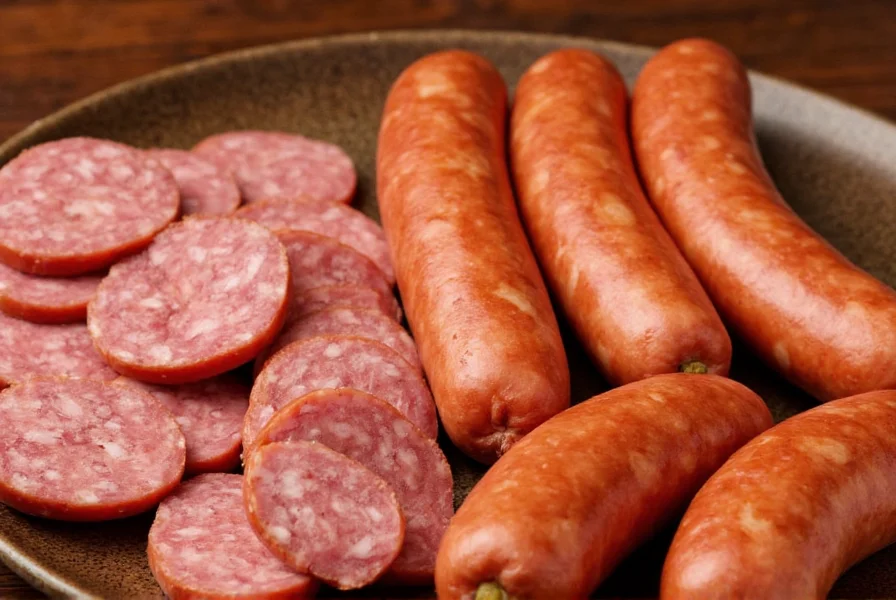
Conclusion
In conclusion, Italian sausage is not inherently spicy. The sweet variety is traditionally non-spicy, while the hot variety adds heat through specific spices. Understanding these differences helps you choose the perfect sausage for your dish. Always check packaging labels for clear spice level indications to ensure you get the right variety for your taste preferences.
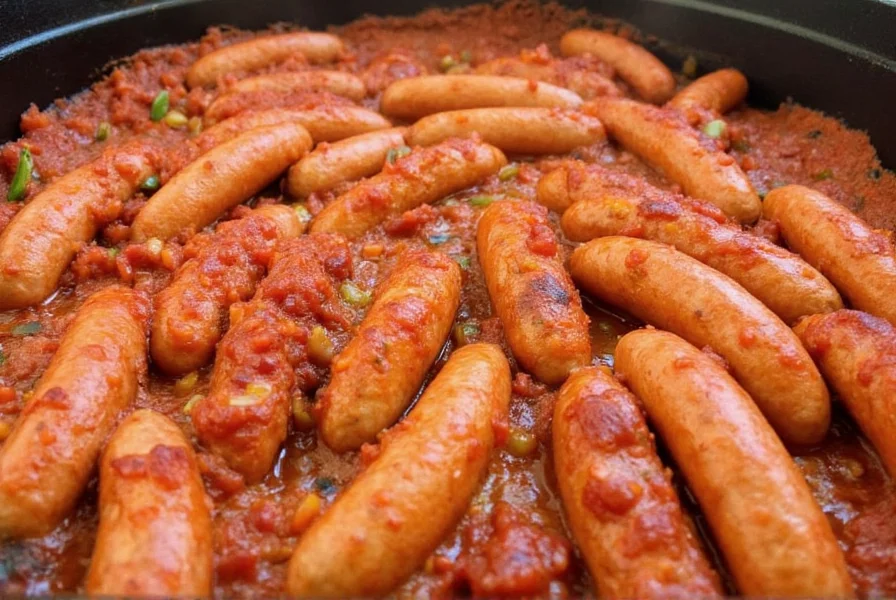
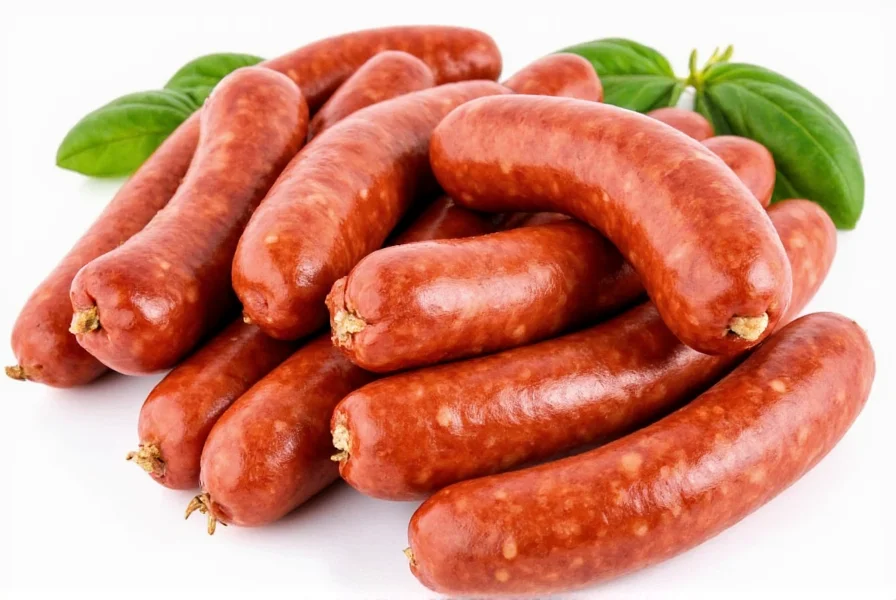
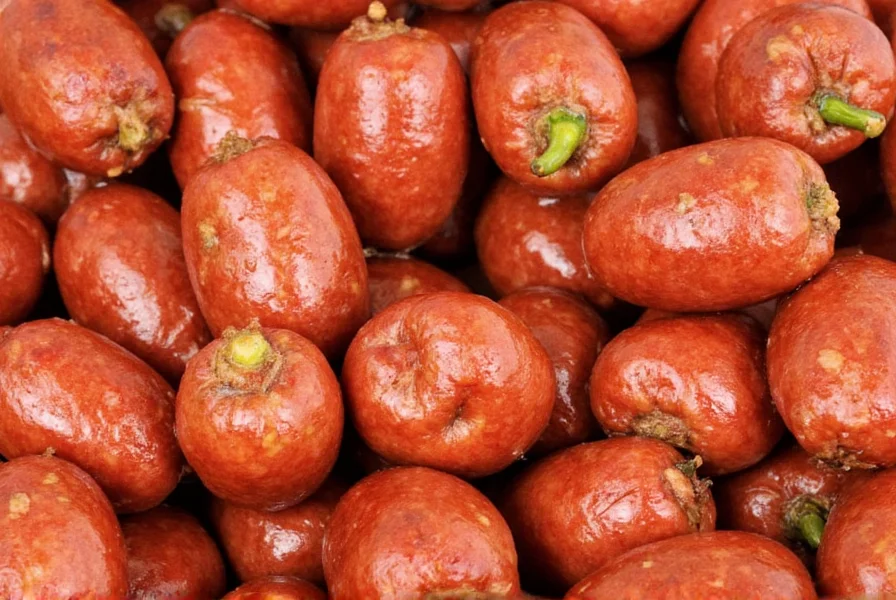
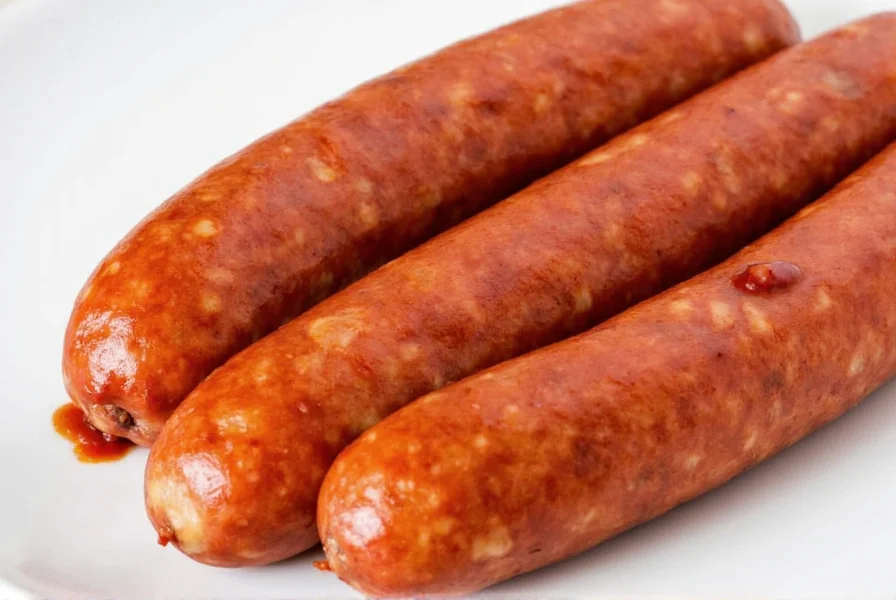

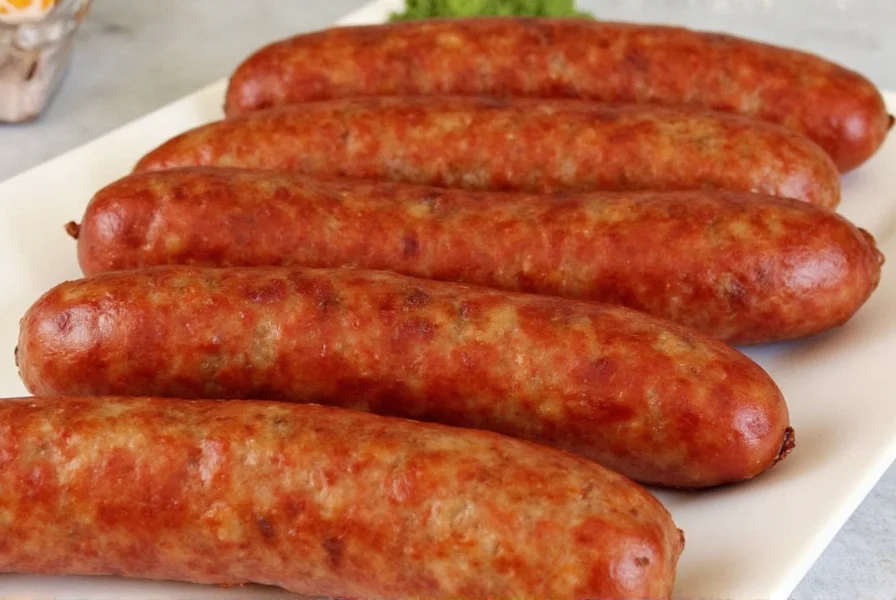









 浙公网安备
33010002000092号
浙公网安备
33010002000092号 浙B2-20120091-4
浙B2-20120091-4